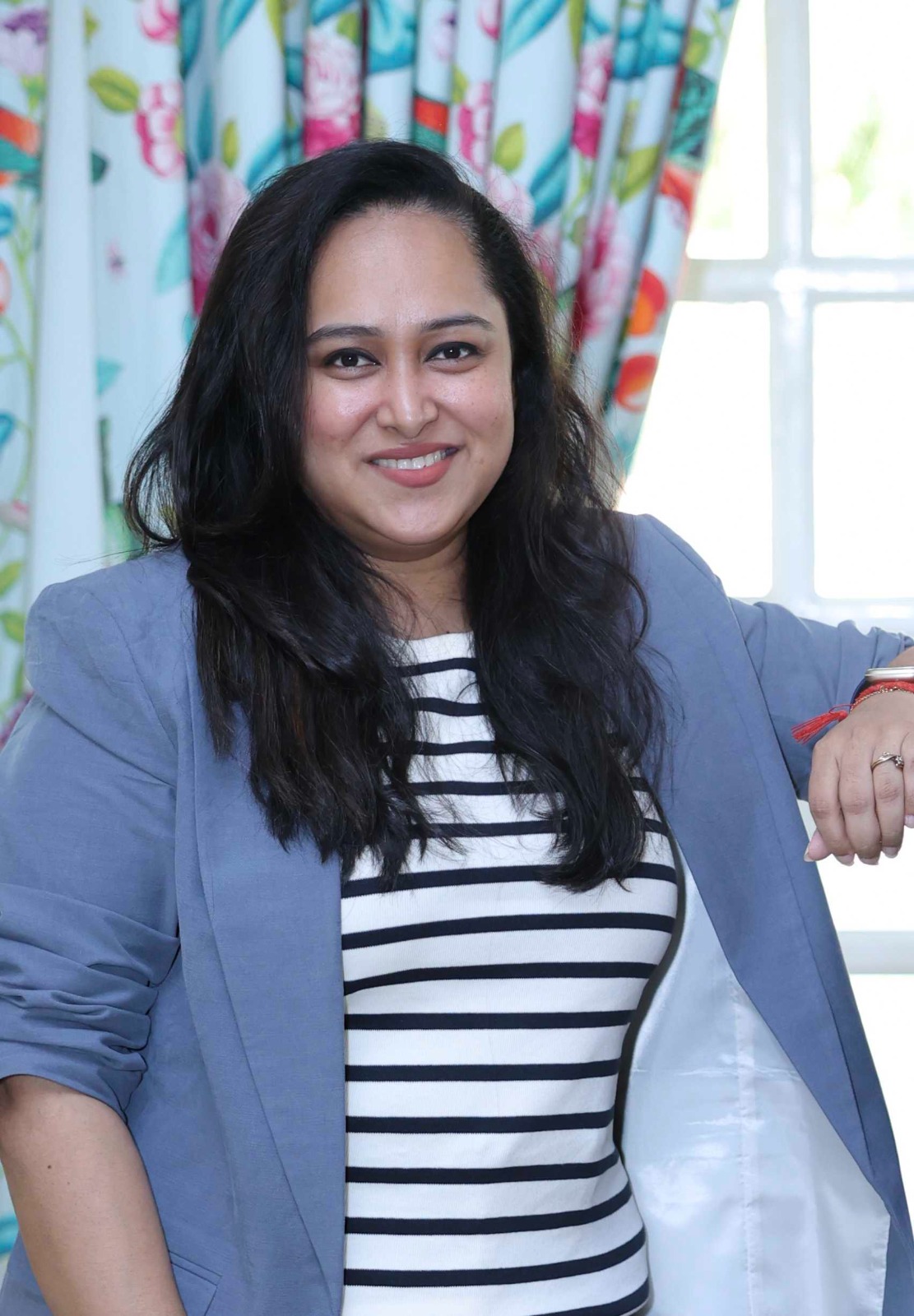Policy and ecosystem support can unlock growth for women entrepreneurs

Srishti Ghosh Shinde,
Lead PR & Communications,
TIDE (India)
Mumbai, July 28, 2025: In 2018, a McKinsey report estimated that advancing women’s equality could add $770 billion to India’s GDP by 2025. Yet seven years later, progress remains limited. Policy discussions continue to focus heavily on financial inclusion as the single solution for strengthening women entrepreneurs. However, the reality on the ground – particularly in the Bharat of India i.e. tier 2-4 cities and beyond – tells a different story: one where credit alone, without supportive ecosystems, may not fully realise the growth potential of women-led businesses.
A Global Comparison: India vs. the UK
Only 20% of India's MSMEs are owned by women (NITI Aayog’s Women Entrepreneurship Platform). Women‑owned units contribute just 10–12.7% of total MSME turnover and represent about 18.7% of employment generated – a clear sign of underrealisation of both leadership and economic impact.
By contrast, in the UK, around 20.1% of active companies were female-led as of 2023, and 15% of SMEs with employees had women in leadership roles. These businesses generate significantly higher revenues — on average £10.4 million annually, compared with £6.1 million for male-led SMEs — and contribute significantly to national economic activity and job creation.
This contrast highlights that while women-led MSMEs in India are numerous on paper, they remain an underserved segment—with limited economic footprint compared to their counterparts in the UK.
Many of these businesses remain at informal, micro-enterprise levels, with limited access to formal supply chains, institutional credit, or skill-building opportunities that drive market competitiveness. As India progresses towards becoming a $5 trillion economy, overlooking this segment is not just inequitable – it is also a missed economic opportunity.
Unlocking this potential will require reimagining how we support women entrepreneurs by understanding the interconnected barriers they face in finance, skilling, and market access.
Evolving credit beyond collateral
Women entrepreneurs in smaller towns often do not hold collateral in their names, excluding them from most formal MSME credit schemes. Government schemes like Mudra have helped—but the average loan size, though rising from Rs38,000 in FY16 to Rs72,000 in FY23 and Rs1.02 lakh in FY25, still tends to support subsistence businesses rather than scalable ventures.
Moreover, as Tide’s Bharat Women Aspiration Index 2025 found, 52% of women entrepreneurs still need a male family member to access credit, reflecting persistent gatekeeping despite inclusion efforts.
Exploring ways to encourage cash-flow based lending models, expanding guarantee coverage for fintech-originated micro-loans to women-led businesses, and disaggregating MSME lending data by gender could collectively enable more tailored solutions that strengthen women’s financial access and business growth.
Connecting skill development with market access
Standalone skilling programmes often fall short because they train women without enabling them to sell. For example, while the Pradhan Mantri Kaushal Vikas Yojana (PMKVY) has trained millions of women, only a fraction achieved sustained economic advancement due to limited market linkages.
The Bharat Women Aspiration Index 2025 echoes this. The report found that while 70% of women entrepreneurs want to improve their financial, marketing, and digital skills, their biggest barrier remains limited access to markets and customers, directly affecting business viability and confidence to scale.
Creating women-led business clusters that integrate skilling, branding, shared infrastructure such as packaging and digital marketing facilities, and onboarding onto e-commerce platforms and government procurement portals like ONDC could bridge this gap. Similarly, increasing procurement from women-owned businesses beyond the current 3% share (Ministry of MSME data), supported by digital matchmaking platforms, may help strengthen market access and growth prospects.
Building care infrastructure for women entrepreneurs
Women entrepreneurs across Bharat continue to balance unpaid domestic work – averaging 5.86 hours daily (OECD Gender Data, 2023) – alongside running their businesses. This limits opportunities for growth, learning, and innovation.
Collaborative efforts to expand affordable childcare and eldercare facilities within MSME clusters and markets, along with exploring tax incentives for women microentrepreneurs employing other women, could help create a more enabling environment for women-led enterprises to thrive while also supporting community care needs.
Enabling women-led growth through local governance
Many women small business owners face challenges related to licensing, safety, and access to market spaces due to complex processes and limited facilitation at the local level.
Encouraging panchayats and municipalities to create safe, dedicated market spaces for women traders and gig workers, inspired by Kerala’s Kudumbashree markets, and simplifying registration and compliance processes while formalising nano and micro women-led businesses could collectively create smoother pathways for growth.
Moving from welfare to wealth creation
Women entrepreneurs are often viewed primarily as beneficiaries needing subsidies, rather than as economic agents contributing to national growth. As policies evolve, integrating women’s entrepreneurship as a core pillar of economic planning and growth – beyond welfare considerations – could have long-term benefits. Similarly, embedding gender-responsive budgeting within state MSME policies can help ensure targeted allocations that strengthen women-led enterprises across diverse sectors.
A way forward
For India to emerge as a global economic powerhouse, women entrepreneurs in Bharat will play a pivotal role. Financial inclusion is just the starting point. Strengthening supportive infrastructure, care systems, lending models that consider their realities, and market linkages can collectively help unlock the immense economic potential of women-led businesses across the country.
As we aim to have more women take on entrepreneurial roles, it also becomes essential for fintech companies to design solutions that are localised, easy to use, and built for convenience.
(TIDE is the leading SME-focused business financial platform)